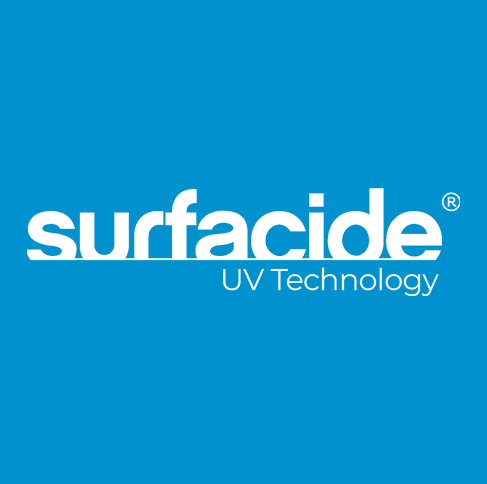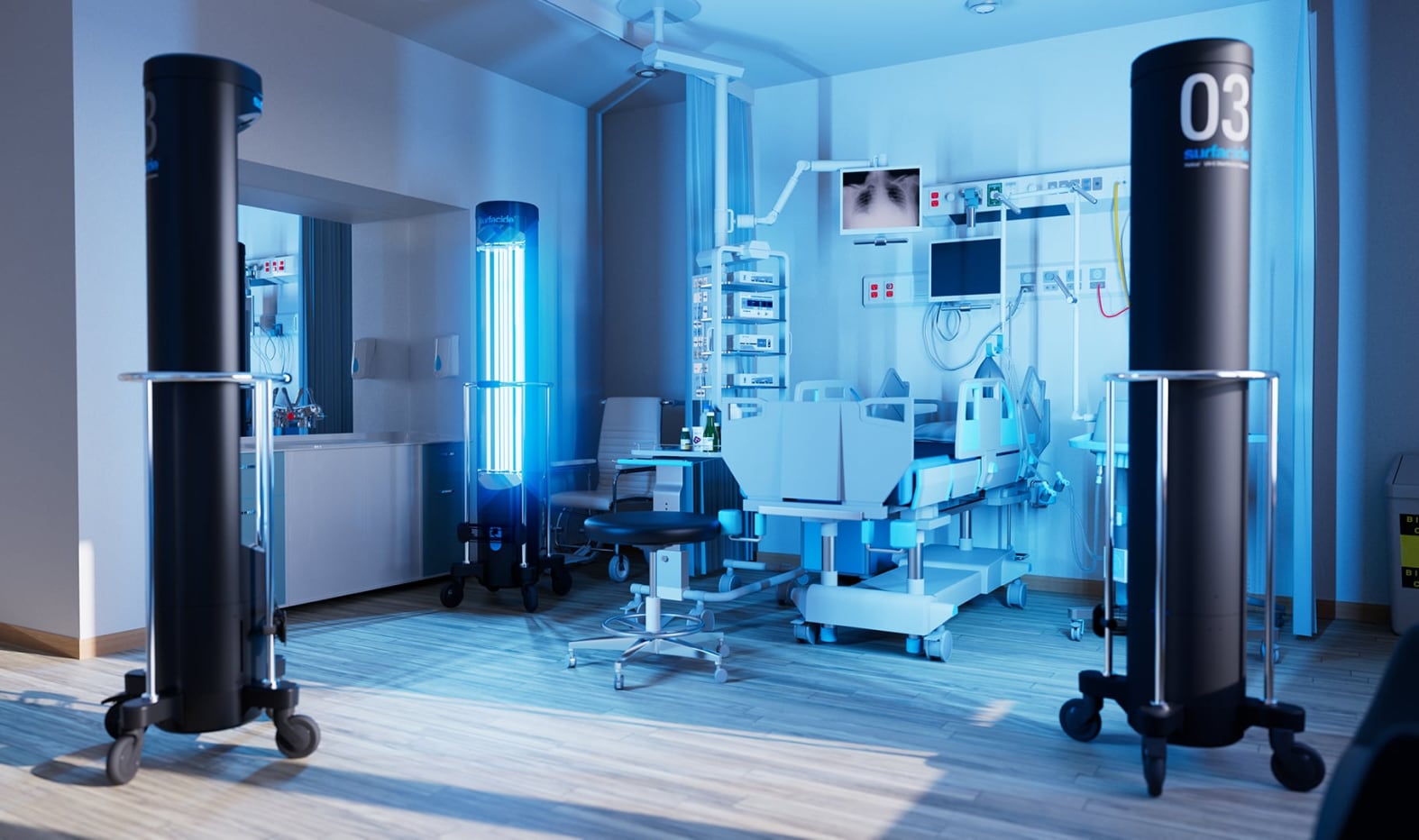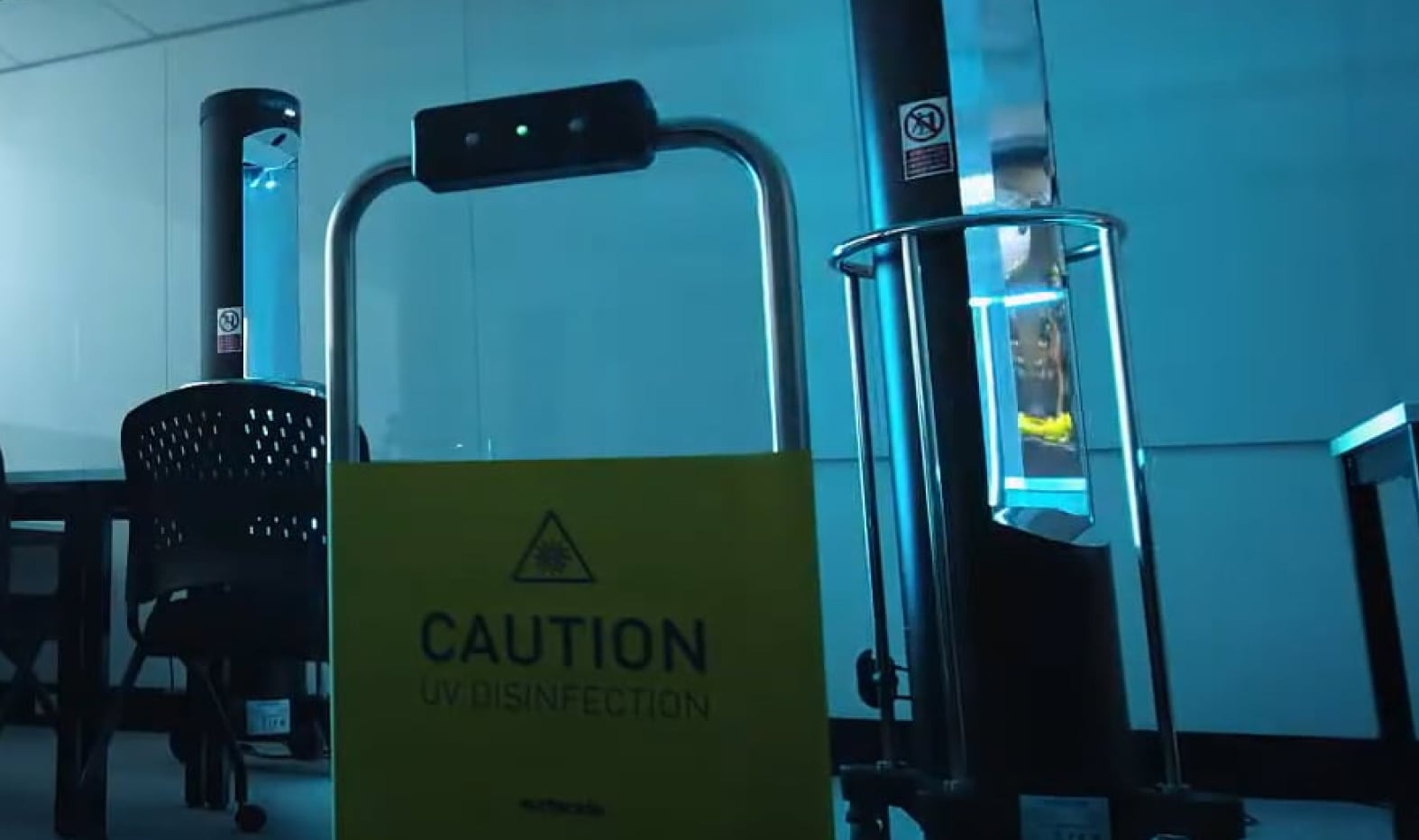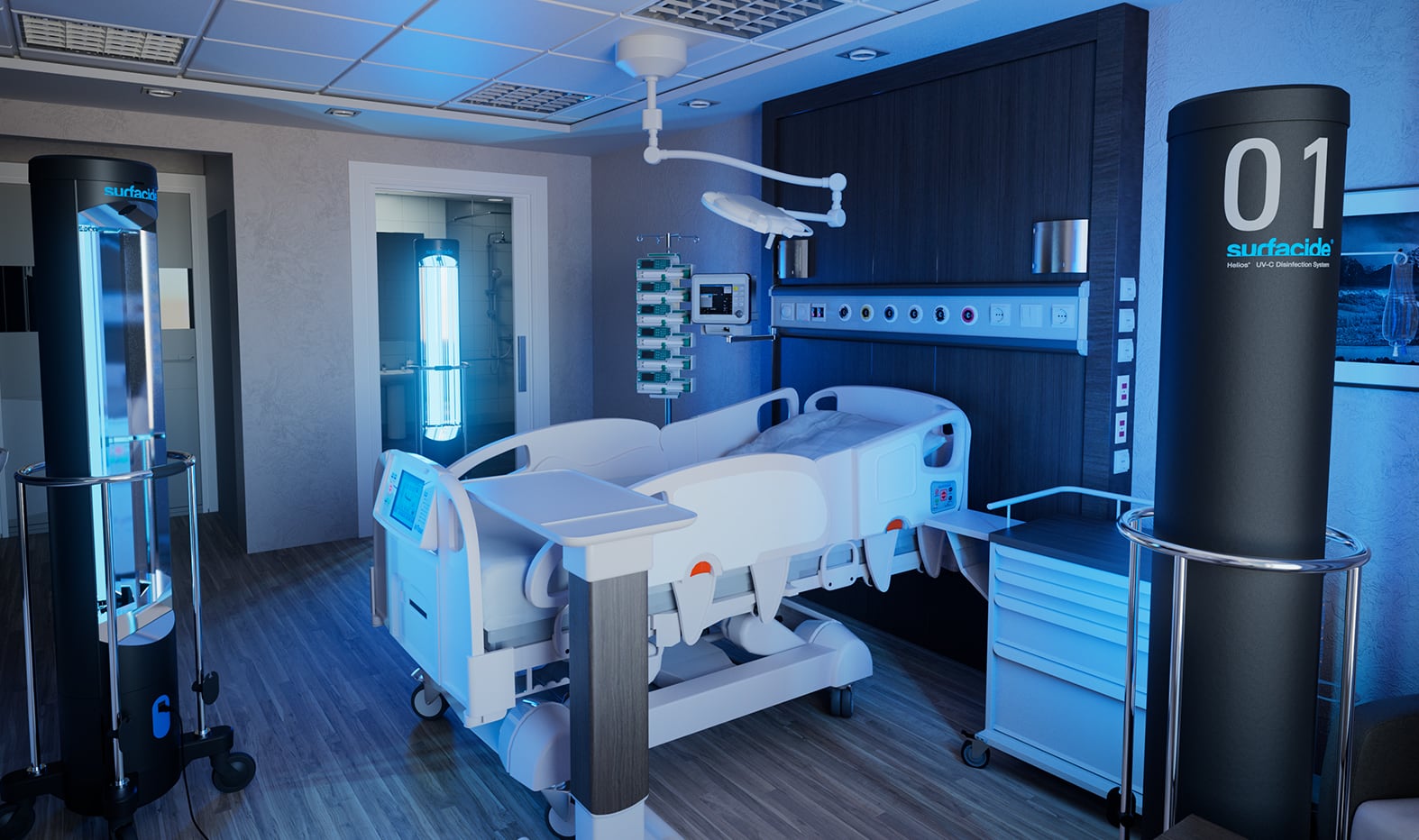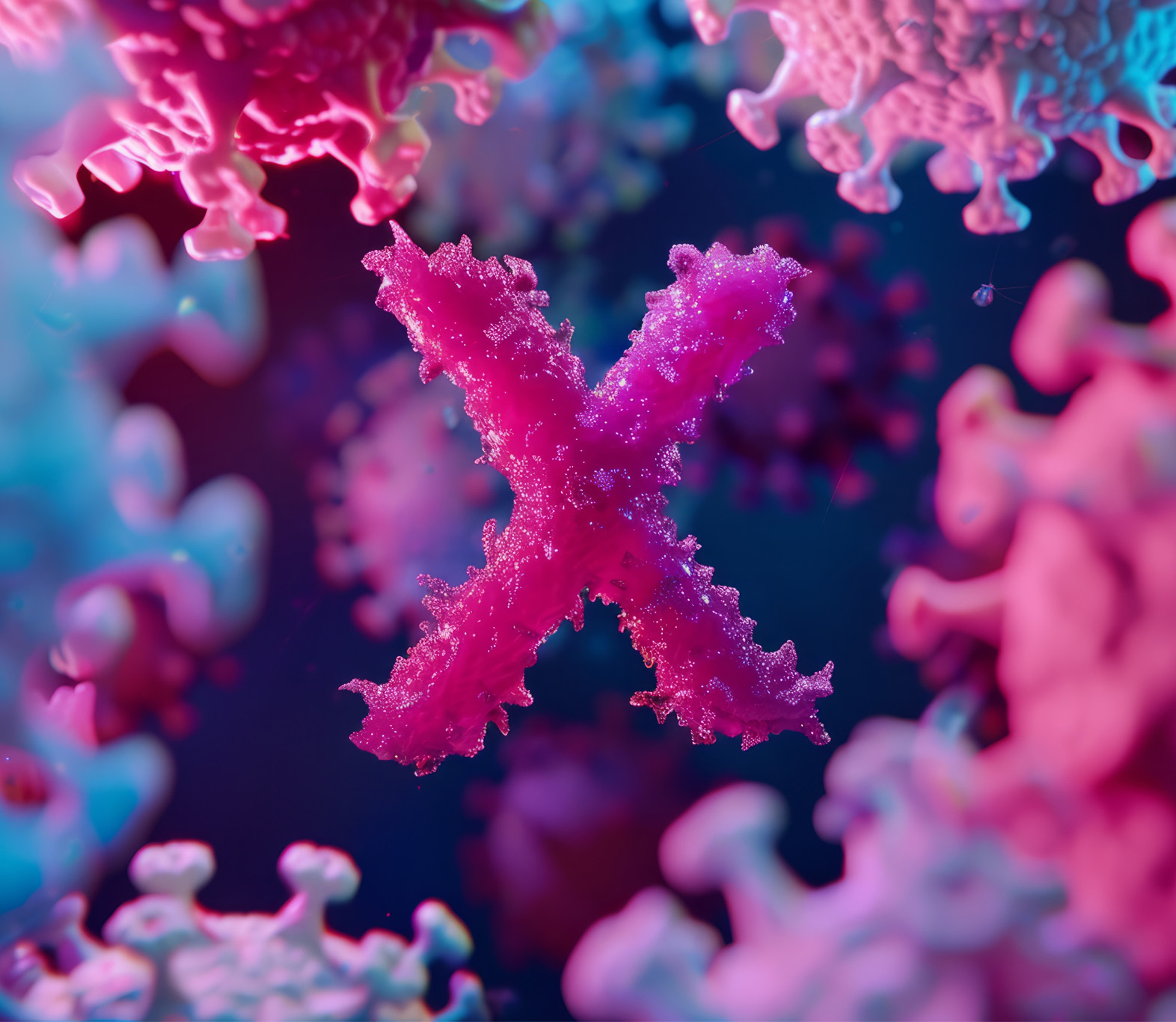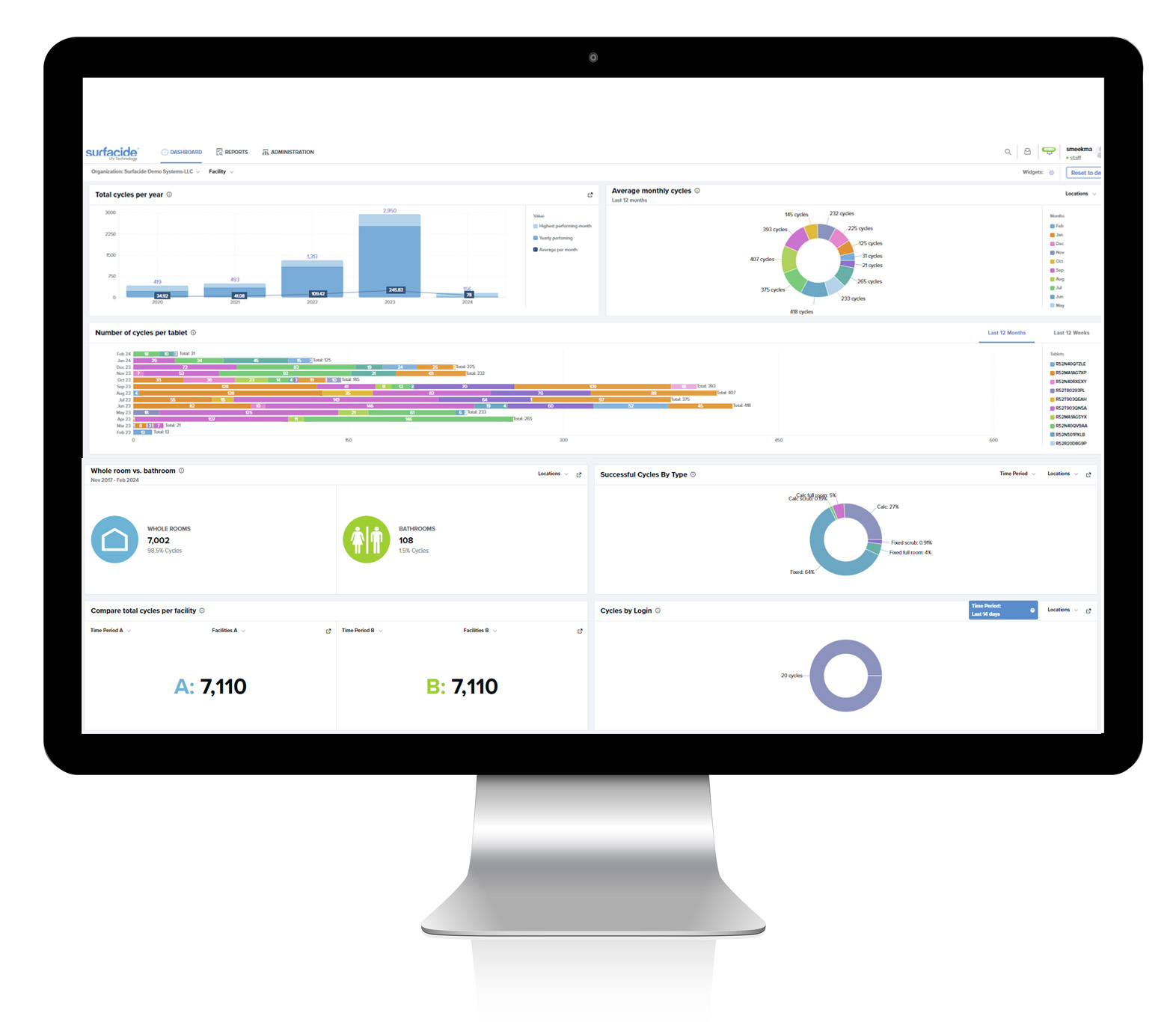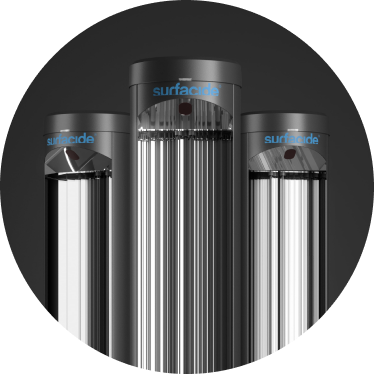Using UVC Technology in Acute Healthcare
The rise of multidrug-resistant organisims (MDROs) poses a siginificant challenge for acute hospitals. Surfacide’s UVC disinfection technology emits high-intensity UV-C light to disrupt the DNA and RNA of vegetative forms of bacteria, some fungi, and lipid viruses, inactivating the organisms.
What’s in your room?
50% of high-touch surfaces are not fully cleaned during terminal cleaning, leading to a shift to no-touch adjunct technlogies like UVC disinfection.1,2
A patient room after discharge of a previous occupant colonized with MDROs has been shown to have many residual MDROs on high-touch surfaces.
The FDA requires 99.9999% disinfection (6-log reduction) for UVC disinfection to inactivate vegetative bacteria, some fungi, and viruses, including Candida auris.
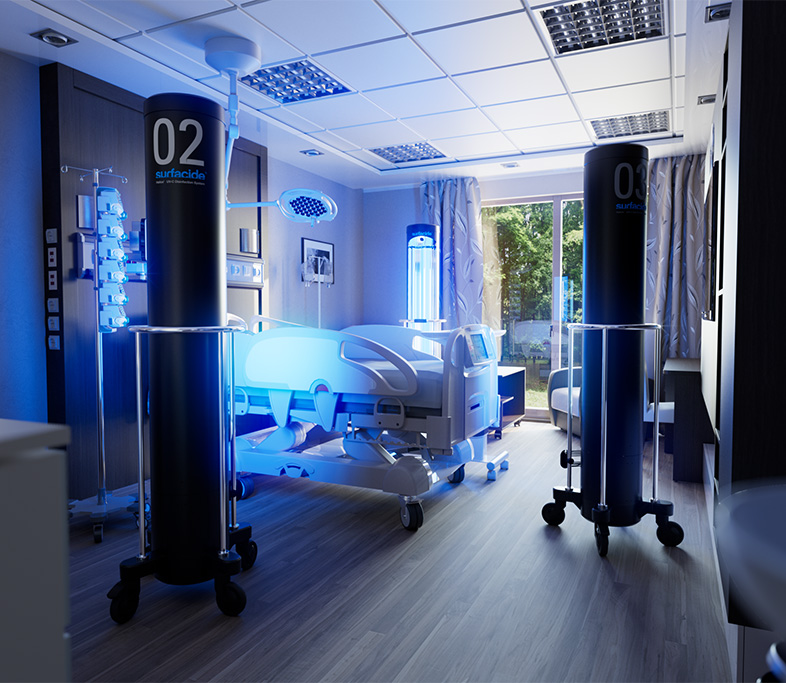
Combat MDROs with Helios
After manual cleaning, Surfacide Helios UVC disinfection cycles were nearly 2 times as effective as manual cleaning alone. Setting the industry standard by achieving 99.9999% disinfection with less time and labor, Surfacide maximizes the power of UVC disinfection in a proven, simple-to-use, and easily transported 3-emitter system1.
Learn MoreNot all UVC is created equal. Surfacide’s Helios UVC System is the only technology to use three emitters in a single cycle to reduce shadows, distance, and time.
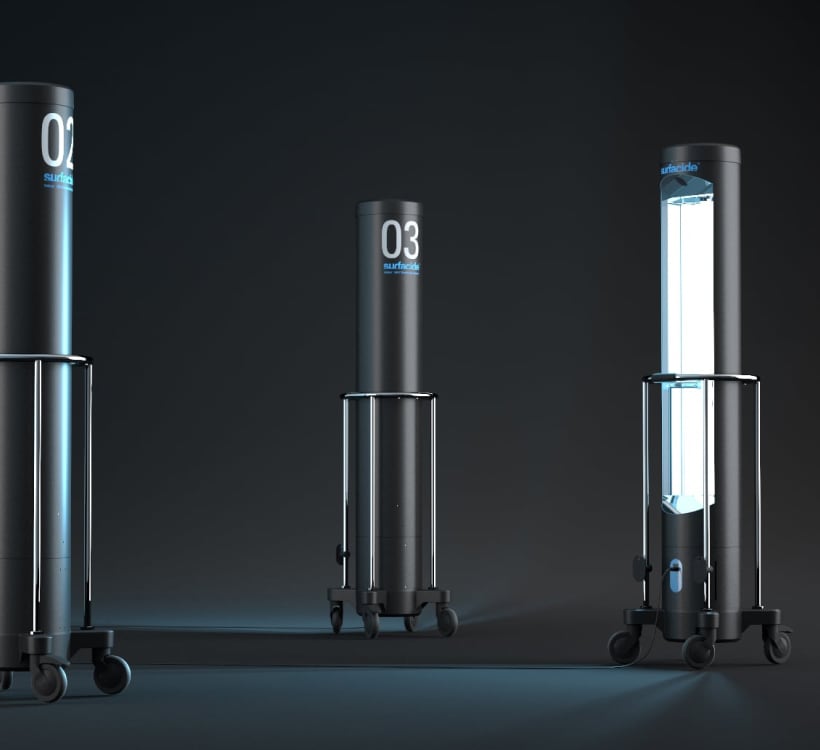
Shadows
A trio of emitters operate together to reduce shadows and direct more UVC energy on more surfaces.
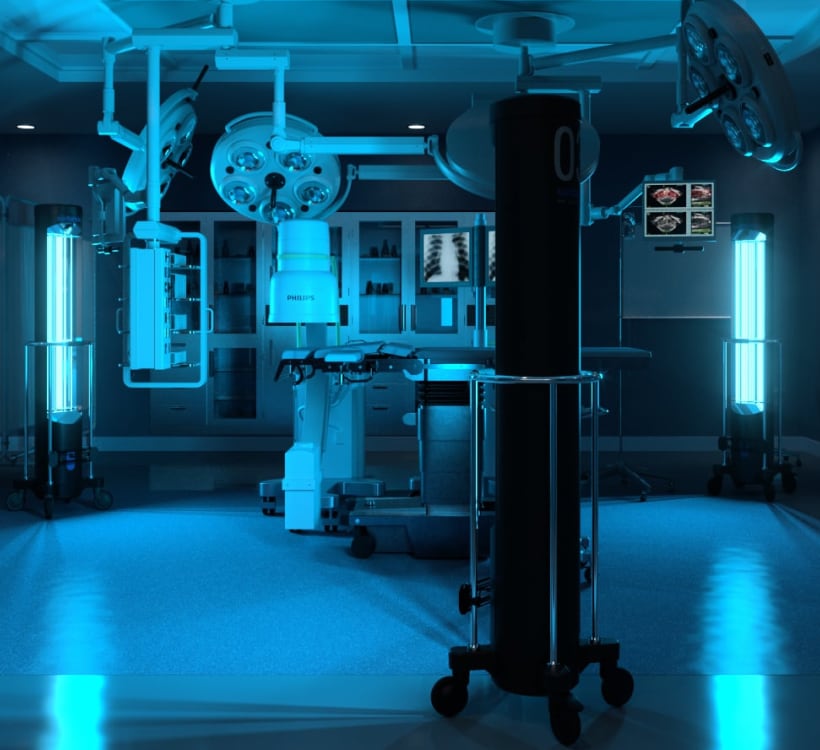
Distance
The system efficiently delivers more energy to more surfaces through the use of multiple light emitters
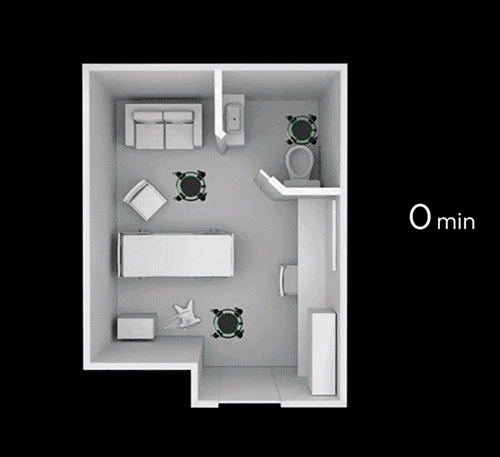
Time
Helios does not require robot repositioning, resulting in shorter cycle times and increased staff productivity.
